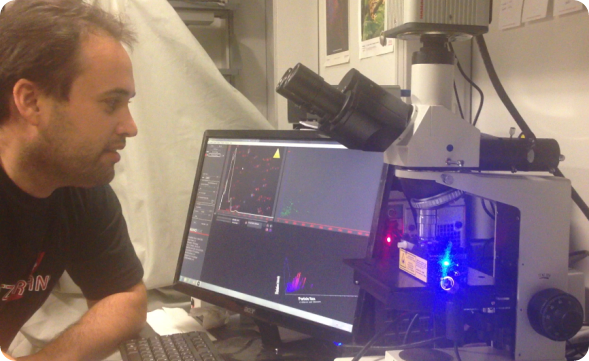Nov 13 2012
NanoSight, leading manufacturers of unique nanoparticle characterization technology, reports on the breakthrough cancer metastasis research of Dr. Hector Peinado Selgas and Dr. David Lyden's research team from Weill Cornell Medical College.
Lead study author Dr. Peinado, Instructor of Molecular Biology in the Department of Pediatrics at Weill Cornell, describes in his recent published research work in Nature Medicine with senior author Dr. Lyden's research group how they were able to gain better understanding and characterization of exosomes, secreted nanoparticles from tumor cells.

"In our laboratory, we are interested in analyzing the role of tumor-secreted exosomes in metastasis. We have recently published a study describing how exosomes secreted from melanoma tumor cells are educating bone marrow derived progenitor cells toward a pro-metastatic phenotype. We are also interested in analyzing the use of exosomes as biomarkers of specific tumor types and their use as prognostic factors, on which Cornell University currently has pending patents on this technology."
"We have found that the protein content per exosome is increased in metastatic melanoma patients. In addition, we have observed that metastatic cell lines also have increased protein content per exosome. Therefore, knowing the number of exosomes was a definitive and necessary step in our reseach. Before this work, we were only following qualitative changes in exosomes. Now we are able to make quantitative analyses using Nanoparticle Tracking Analysis technology. This has faciliated our recent research work."
"Prior to using NTA, I was measuring exosome size by electron microscopy. There was no other technique available. The new technology allows us to analyze millions of particles, particle by particle, in minutes giving not only numbers but also population distribution. Although the measurement of the size of the particles is not as accurate as the electron microscopy, NTA does allow us to process a large number of samples in a short time period."
To find out more about NanoSight and to learn about particle characterization using the company's unique nanoparticle tracking analysis instruments, visit http://www.nanosight.com/ and register to receive the next issue of NanoTrail, the company's electronic newsletter.